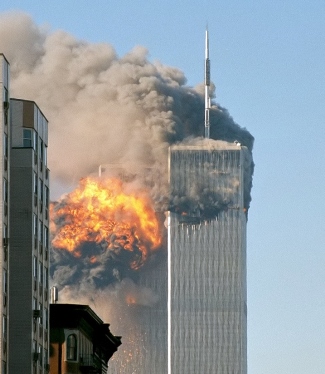European Regional Security Complex in Relation to Terrorist Threats

This dissertation uses a theory created by Copenhagen School in order to determine if the European Union (EU) can be characterized as a regional security complex (RSC) in relation to the threats of Islamist terrorism and of weapons of mass destruction (WMD). To accomplish this task, this research makes a combined use of two theories developed by the Copenhagen School: the RSC theory of Barry Buzan and Ole Waever (2003) and the theory of securitization that the two authors made together with Jaap de Wilde in 1998.
On the basis of the triple need to expand studies on security, to use a regional approach to address the most important dynamic security and to explain the changes experienced by the international system of the post-cold war period, the fundamental objective of the research is determine the viability and applicability of the RSC theory to the EU.
This work analyses the security practices of the actors with regional capacity - EU, NATO, France, United Kingdom, Spain, Italy and Germany - to the military sector of multidimensional security focus provided by the Copenhagen School. In this way, it explains how the European security system evolved at the beginning of the 21st century in relation to two specific threats: Islamist terrorism and WMD.
The research questions of the dissertation are:
1. Starting from the analysis of political speeches and strategic practices of EU, NATO and five European States selected, is it possible to confirm the existence of European RSC in relation to the threats of Islamist terrorism and WMD proliferation?
2. If we confirm its existence, how is European RSC structured?
3. In concrete case-studies, do the EU and its Member States share the perception of the threat? And which actions did units take in order to provide their security?
4. In the fields where the units share the perception of the threat, do the EU and its Member States share a common action? Or is there still a division among them? And, finally, which is the role of NATO in these fields?
The final results of the dissertation are summarized in a recent working paper of the author.
Top left figure: The northeast face of Two World Trade Center (south tower) after being struck by plane in the south face. Source: Wikimedia/Rober.
References
"El Complejo europeo de seguridad regional entre 2001 y 2011 en relación a las amenazas del terrorismo islamista y las armas de destrucción masiva", Alessandro Demurtas doctoral thesis, read at the Department of Public Law and Legal History Studies and supervised by Dr. Rafael Grasa Hernández.
Demurtas, Alessandro. The EU Regional Security Complex between 2001 and 2011 in relation to the threat from Islamic terrorism and weapons of mass destruction. ICIP Working Papers. 2014, vol. 7.


